
Mastering Emotions: The Science Behind Emotional Control
To master emotions, and improve emotional control, we first need to understand the science behind them.
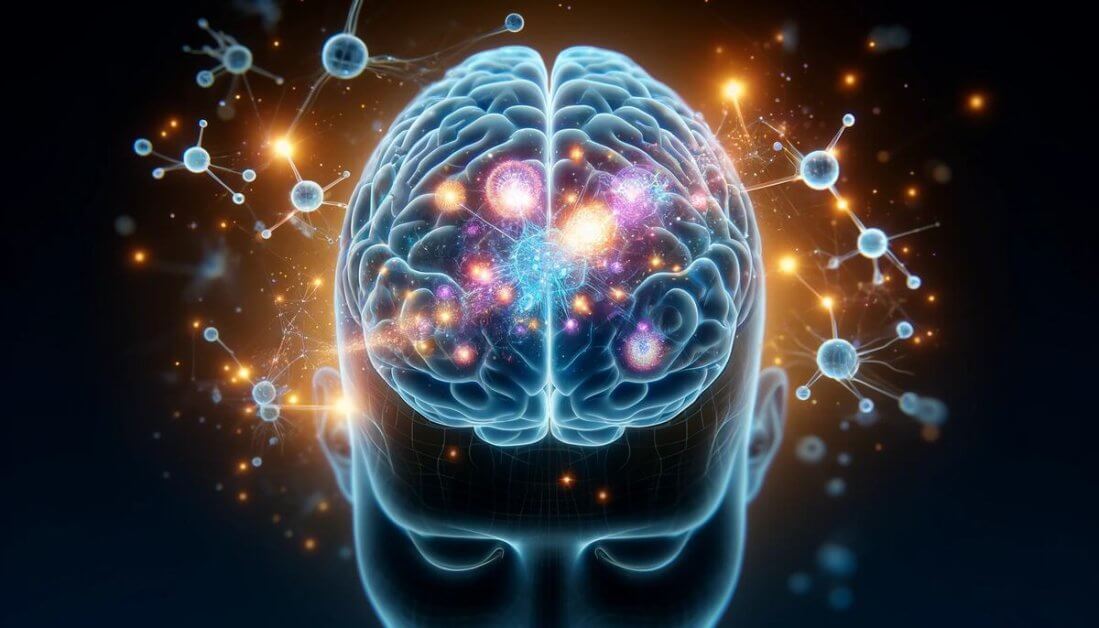
Named after the children’s story “The Three Bears”, the Goldilocks principle refers to the concept of “just the right amount”. Dopamine fits firmly into this Goldilocks principle; too little and you’ll feel little motivation to complete even basic tasks, whereas too much will see you crash as hard as you rose.
While we associate dopamine with providing pleasure and the motivation to seek a reward, too much can lead toward a path of depression and addiction, with little energy to perform even seemingly mundane tasks.
Dopamine is a tool, and like all tools, we need to learn how to handle it properly to maximize its benefits while mitigating its hazards. This article will cover everything you need to know about using your dopaminergic systems to their full advantage while avoiding the perils that result from dopamine abuse.
Dopamine is a neuromodulator – a chemical compound that modulates many other neurons. You can think of it as a messenger molecule in the brain that allows certain nerve cells to communicate with one another.
It communicates via two paths: the nigrostriatal pathway, which controls movement, and the mesocorticolimbic pathway, which regulates motivation, reinforcement learning, and what we associate with a sense of pleasure.
Of most interest to us, however, is the reward-seeking behavior dopamine produces, noticeable in all mammals and even some plants.
By understanding our dopamine reward pathway, which induces the motivation to overcome an obstacle to achieve a reward, we can use it to our advantage by directing it toward productive endeavors of our choosing.
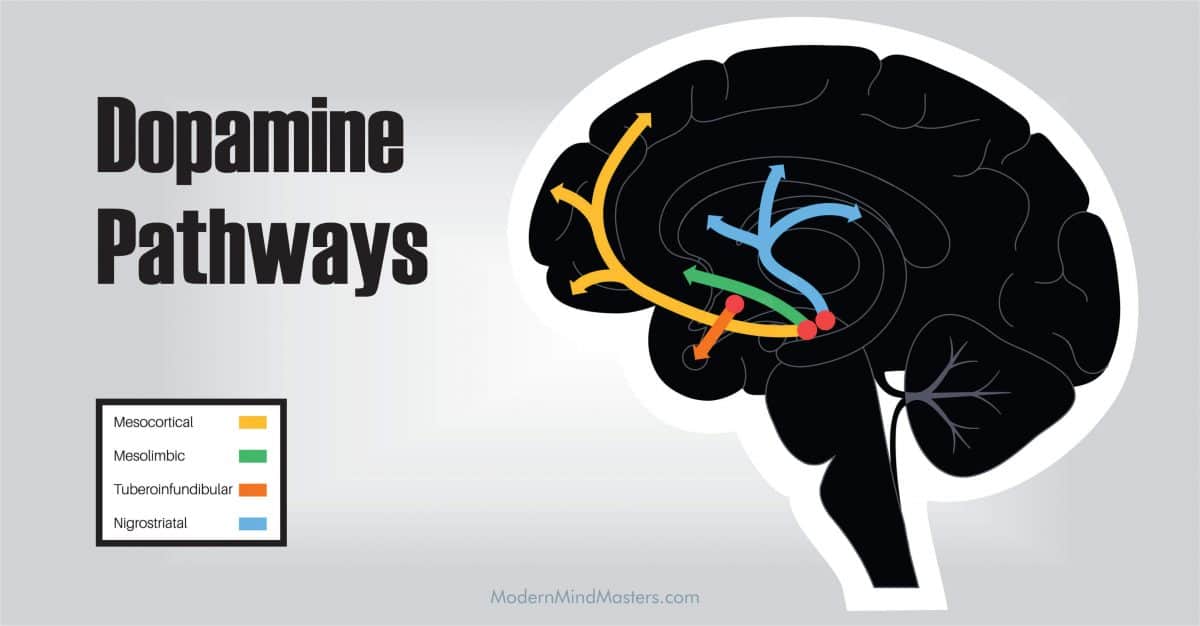
At its core, dopamine provides the energy required to apply effort and overcome mental resistance to change.
When you have little motivation to work out, for example, the release of dopamine (through the anticipation of pleasure or reward) creates the energy needed to overcome this initial resistance to working out. As a result, you feel motivated and driven to achieve a goal and overcome any short-term pain.
This reward-seeking behavior has roots in our Homo sapien hunter-gatherer days when obtaining resources, such as food, was not as simple as a quick trip to the supermarket as it is today.
Thousands of years ago, foraging for resources such as food, shelter, and social interaction came with considerable risk. Whether it be territorial disputes, navigating predators, or leaving our dependents alone and vulnerable, we needed the motivation to overcome these risks despite our inherent cravings for safety.
Dopamine is the universal currency for foraging and seeking. It trades the risk of immediate short-term danger for the greater good of longer-term prosperity. It motivates you to expose yourself to danger now so you will have the safety of food and shelter later.
It is also a strong way to break free from procrastination.
It stands to reason that when we increase our dopamine levels, we muster a higher motivation. And the more dopamine we produce, the greater the levels of motivation and drive.
While intuitive in theory, biology introduces some complications. Too much dopamine can not only be counter-productive, but it can also be downright dangerous.
Dopamine releases into our systems through two main mechanisms; tonic and phasic release.
Tonic release refers to the minimum level of dopamine constantly circulating in your system that is required to maintain the body’s basic functions. Such functions include the motivation to get out of bed in the morning, and the will to go to work and earn despite preferring to spend the day on the couch.
This minimum background level of dopamine in your system creates your baseline level – the minimum amount required to maintain these fundamental functions.
All of us have different baseline levels of dopamine, and while some of this is sure to be genetic, a lot has to do with the fact that dopamine is dependent on other hormones, such as adrenaline.
Phasic release refers to dopamine induced by pleasurable stimuli, such as watching a good movie or eating a delicious pie. It results in a dopaminergic spike above our baseline level when engaging in or anticipating these pleasurable experiences.
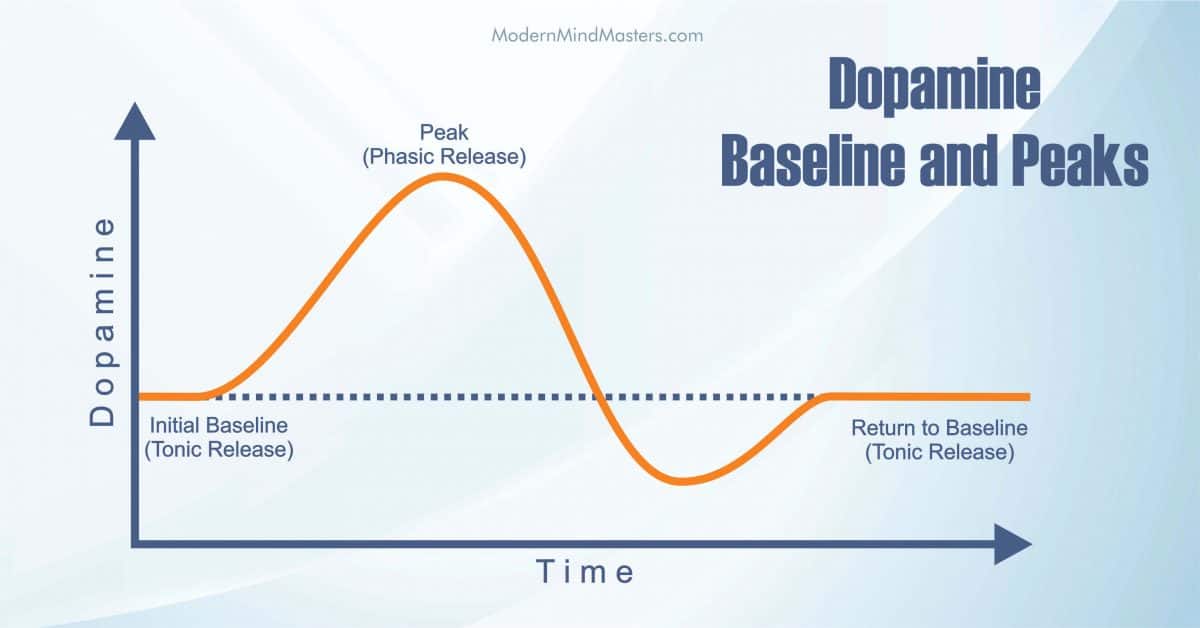
When we increase our dopamine by chasing a pleasurable activity or taking a dopamine-increasing substance, we activate the phasic release of dopamine, resulting in a spike followed by a peak.
We can feel this spike through feelings of higher motivation, energy, and drive. You may not feel motivated to go for a run, but after a coffee and listening to your favorite music, the resulting dopamine spike provides the energy to help overcome this resistance to running.
While extremely useful, the saying “what goes up must come down” applies no less to dopamine. After every peak comes a corresponding crash, the intensity of which is determined by its magnitude.
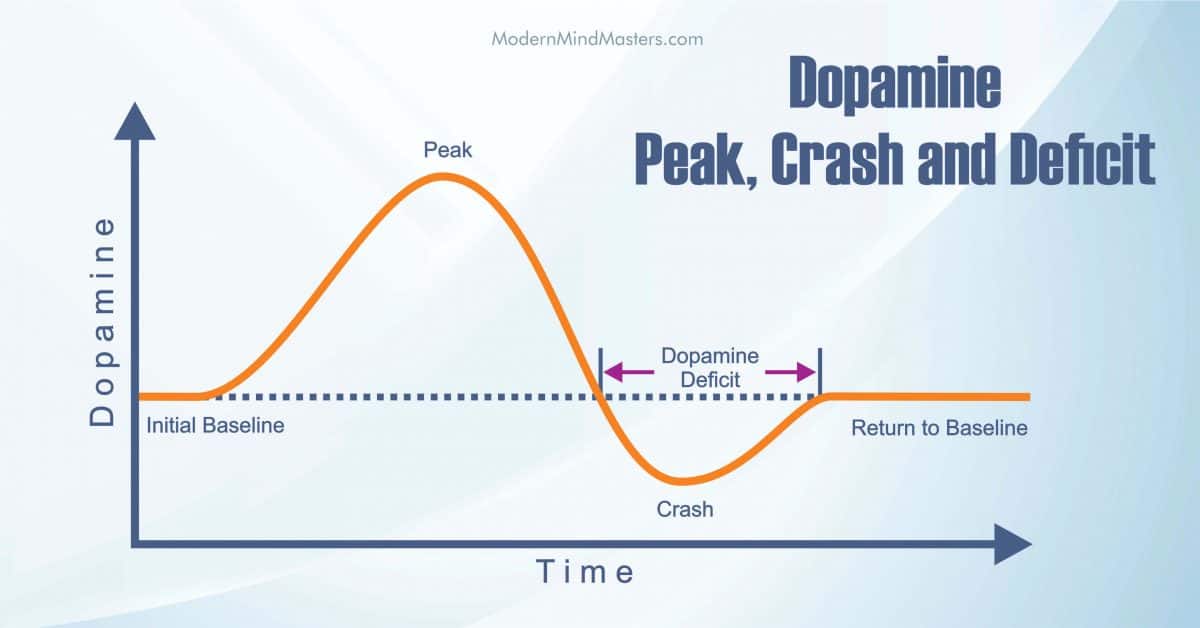
Compared to other neurotransmitters, such as adrenaline, dopamine takes time to produce and is slow to act. When we deplete our dopamine reserve pools, we must wait until we have replenished enough to be able to spike again.
Once a pleasant activity has ended, and dopamine is no longer increasing, we see a rapid drop in dopamine levels. Because so much is consumed after large spikes, we no longer have enough dopamine left in our reserve pool to maintain our baseline level.
As a result, dopamine levels “crash” below the baseline, resulting in a transient dopamine deficit that lasts as long as it takes for the body to synthesize enough dopamine to return to our baseline level.
When in a deficit, we experience a lack of motivation and energy to perform even basic everyday tasks. Postpartum depression is a common experience, where after nine months of pregnancy and much anticipation, plummeting dopamine levels after birth take days or weeks to renew.
The degree to which dopamine crashes below the baseline is proportional to the intensity of the peak. The higher the climb, the greater the fall, and the more time is needed to get back to your healthy baseline level.
It may seem counter-intuitive that when dopamine spikes, and we experience elevated pleasure and reward from an activity, we feel less motivated afterward than before we started.
But by understanding that dopamine has a limited reserve in your system, and that when consumed takes time to replace, it makes sense why we temporarily may feel worse afterward.
It is not the size of the peak that determines the magnitude of pleasure we experience; rather, it is the difference in height between the peak and the baseline (called the delta), as shown in the image below.
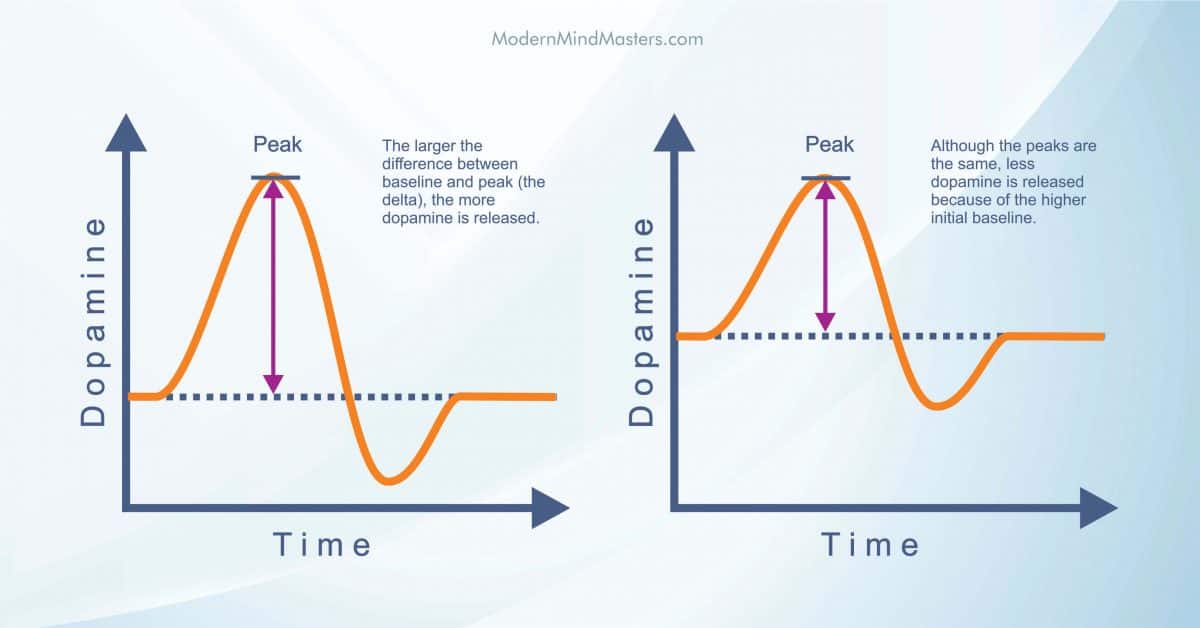
We can see that both graphs peak at the same absolute level of dopamine, but because the left graph has a lower initial baseline, the delta is larger and more dopamine is released. Hence, we experience greater levels of pleasure and motivation.
The graph on the right, however, has a higher initial baseline, resulting in a smaller delta, where we experience less motivation and pleasure.
This debunks the dopamine “hit” myth because a higher peak does not necessarily mean more pleasure and motivation. Rather, it is the difference between baseline and peak that determines the magnitude of pleasure.
Even having never studied dopamine, you know that the more you regularly engage in a pleasurable activity, the less enjoyable it becomes over time.
When playing a new video game, for example, the first few days will feel very stimulating, and you can barely draw yourself away to eat or sleep. After a few days, however, it is still fun, but you might not play it with the same intensity as you did at the start.
After weeks or months, the game ends up on the shelf, where you will likely never play it again. The engagement and pleasure diminish over time, and you look to new sources of pleasurable activities to chase the same sense of satisfaction.
The more we regularly repeat a pleasurable activity, the less it spikes our dopamine. Smokers, for example, need to either increase the number of cigarettes or their potency to receive the same sense of relief. Alcoholics may move on to harder liquors to repeat earlier sensations.
While you may seek to improve your energy and motivation to exercise by taking a pre-workout, you will notice its effect diminish when used every day.
We will see later that the answer to this lies in the intermittent scheduling of dopamine. We must be wary of activities and substances we become reliant on to boost our dopamine levels, for when abused, they become less effective with each repetition.
If the potency of stimulating experiences diminishes the more regularly we repeat them, and if every peak is accompanied by an inevitable crash, a fair question would be whether we should seek to increase our dopamine levels at all. Are the consequences worse than the benefits?
As with most good things in life, the answer lies in maintaining a healthy balance in moderation. The tips below will aid you in using dopamine productively while avoiding its detrimental effects.
We should not seek to increase our dopamine in absolute terms. Remember, the higher the peak, the larger the crash.
Instead, we should seek to improve and maximize both our tonic (baseline) and phasic (spikes) release, that is, maximize the delta between baseline and peak.
To avoid the diminishing effects of regularly repeating a dopamine-inducing activity, we should seek to limit how often we indulge in them. There is no hard and fast rule here (it depends on your individual baseline level of dopamine), but there are some fundamentals that will avoid overuse.
Keep your dopamine releases random. Try not to let the body become accustomed to a particular activity or substance, and avoid letting it predict when dopamine can be expected. By keeping your body guessing, the effects will always be fresh without interference from your dopamine history.
If you take a pre-workout drink, try reducing it to once or twice a week. Keep it random (not the same time and days), and use it only when you feel you need to.
The same applies to all other activities. From gaming to sex, keeping dopamine peaks intermittent, and keeping your brain from predicting and expecting spikes, will allow you to use each activity for its maximum benefit.
Dopamine can be said to have a “history”, that is, the level of dopamine in your system now or in the future depends on past peaks and baseline levels.
When we have multiple dopamine peaks, by riding a rollercoaster followed by watching a movie, for example, the peak from the rollercoaster would likely be considerable, and the movie that follows would seem boring as a result.
Had you not ridden the rollercoaster first, however, the movie would have been much more pleasurable. Here, your dopamine history interfered with the pleasure experienced by the movie.
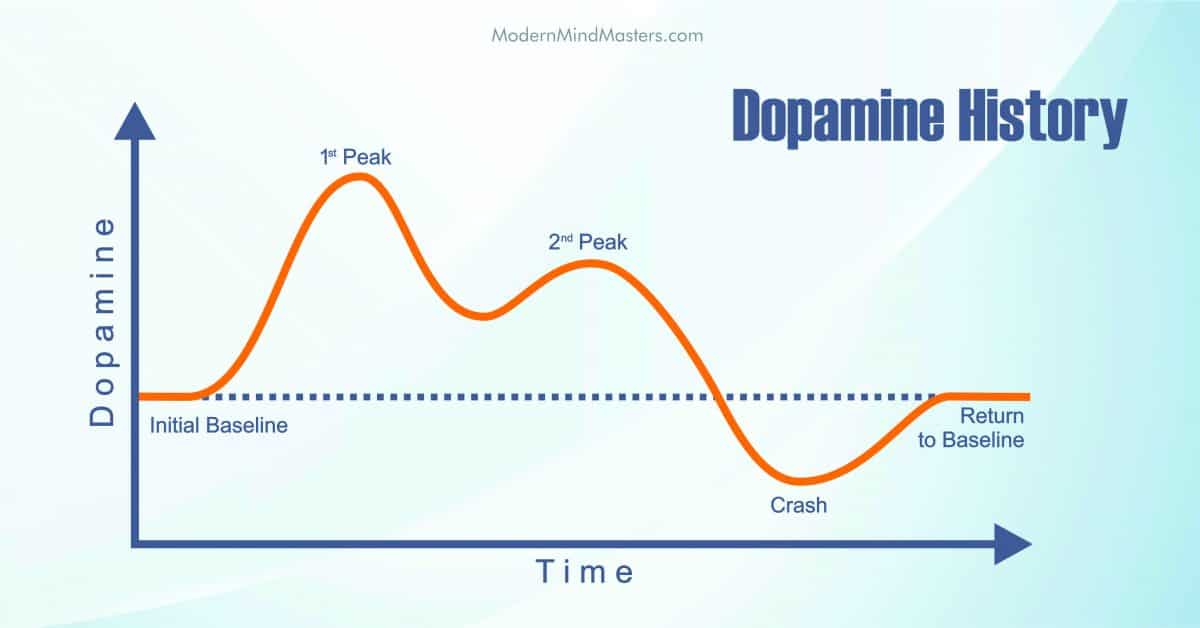
There are so many sources of dopamine-stimulating activities today that there is a good chance you have been abusing them without you realizing it. If you play video games while listening to music, drinking alcohol, and talking with your friends, you have layered four separate dopamine-inducing activities together at once.
Done regularly, you will alter your baseline level of dopamine, and subsequent peaks will release less dopamine (meaning less pleasure) while crashing just as hard (meaning feeling unmotivated once finished).
To combat this, take a break from some activities. Play video games once or twice a week, on random days, without other combined stimuli. This may be challenging (you are essentially kicking a small addiction), but after a few weeks, once your dopamine has reset, you will find you receive a lot more pleasure from playing video games because of your lower baseline.
Whatever activity to wish to induce more pleasure from, try detoxing for a few weeks. Detoxing does not necessarily mean quitting an activity altogether; try reducing it by one or two times a week.
Separate layered activities; try not drinking or listening to music while playing a game. After a week or two, you will begin to find a renewed sense of pleasure, while minimizing the size of the crash afterward.
Substances can boost dopamine levels significantly by providing a quick boost of energy and motivation that enables us to overcome challenging tasks.
But their strength can also be their weakness; they should be considered tools and used strategically.
Caffeine, such as coffee and soda, does not increase dopamine directly, but can help you experience more of dopamine’s effects by increasing the density and efficacy of dopamine receptors.
Psychiatrist Anna Lembke, medical director of addiction medicine at Stanford University, notes in her book, Dopamine Nation, that chocolate can increase dopamine 1.5 times above the baseline, albeit very transiently, perhaps a few seconds or up a minute.
Both the anticipation and participation in sex increase dopamine to twice the baseline level. Interestingly, exercise has also been shown to increase dopamine as much as sex but only in those who enjoy it.
While all these stimulants are great for quick bursts of dopamine and can serve a useful purpose when used in moderation, we must be careful to not abuse them.
Dopamine has a history, that is, the amount of dopamine we feel now or in the future depends on interference with past peaks. When regularly relying on a stimulant, it becomes less effective and affects our baseline to the point where it becomes detrimental over time.
To avoid this, use stimulants as you would any other dopamine-inducing activity, intermittently and randomly. Save them for times when you really need a boost.
Limit their use to once or twice a week, or after enough time has passed for your dopamine history to reset. Avoid layering multiple stimulants together.
Dopamine can be both a blessing and a curse; the difference depends on how you moderate your use and reliance on it.
The magnitude of pleasure you feel from an activity depends on how much you peak above your baseline level. The higher the peak, the larger the crash and resulting dopamine deficit, where you may temporarily feel less motivated than before you started.
Improve your overall motivation and drive by regulating your dopamine release. Avoid layering multiple dopamine-inducing activities together, and use substances only when you genuinely need them.
When you do, use them randomly and intermittently, with enough time in between to reset your dopamine history and avoid interference.
A small sacrifice now will make a massive difference later. Use dopamine as a tool in times when you feel you need it. Overstimulation will likely lead to trouble in the future.
Aesop once quipped that “it is possible to have too much of a good thing”. Had he known about dopamine, however, he might have changed his quote to something with greater conviction.
When in a deficit, we experience a lack of motivation and energy to perform even basic everyday tasks. Postpartum depression is a common experience, where after nine months of pregnancy and much anticipation, plummeting dopamine levels after birth take days or weeks to renew.
We should not seek to increase our dopamine in absolute terms. Remember, the higher the peak, the larger the crash.
Instead, we should seek to improve and maximize both our tonic (baseline) and phasic (spikes) release, that is, maximize the delta between baseline and peak.
For healthier dopamine levels, learn to spike your dopamine intermittently, avoid layering activities, and use stimulants in moderation and at the correct times.

To master emotions, and improve emotional control, we first need to understand the science behind them.
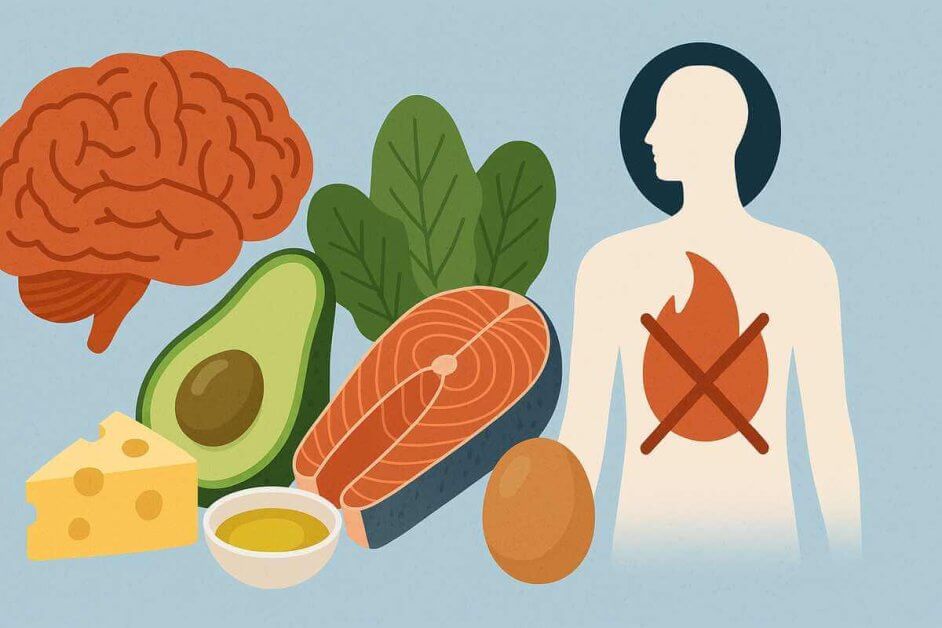
Discover what is the ketogenic diet — a low-carb, high-fat way of eating that shifts your body into fat-burning, ketone-producing mode.

Our income is often fixed, so we need to be careful with our spending. Spend wisely by recognizing the difference between hedonic and utilitarian spending.
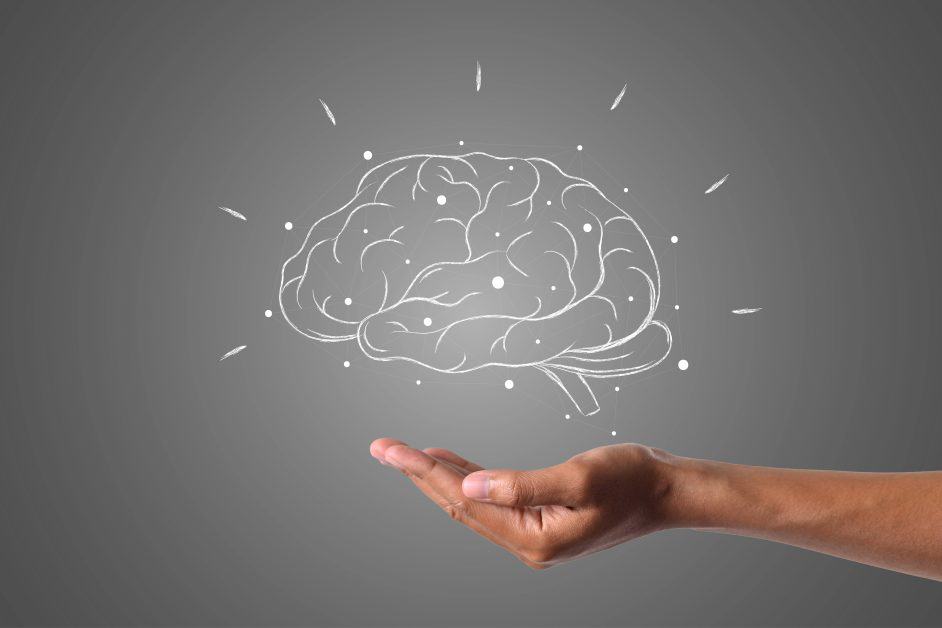
The conscious mind is the part of our mind that we’re aware of and can actively control, and understanding it can help us improve our decision-making and increase self-awareness.
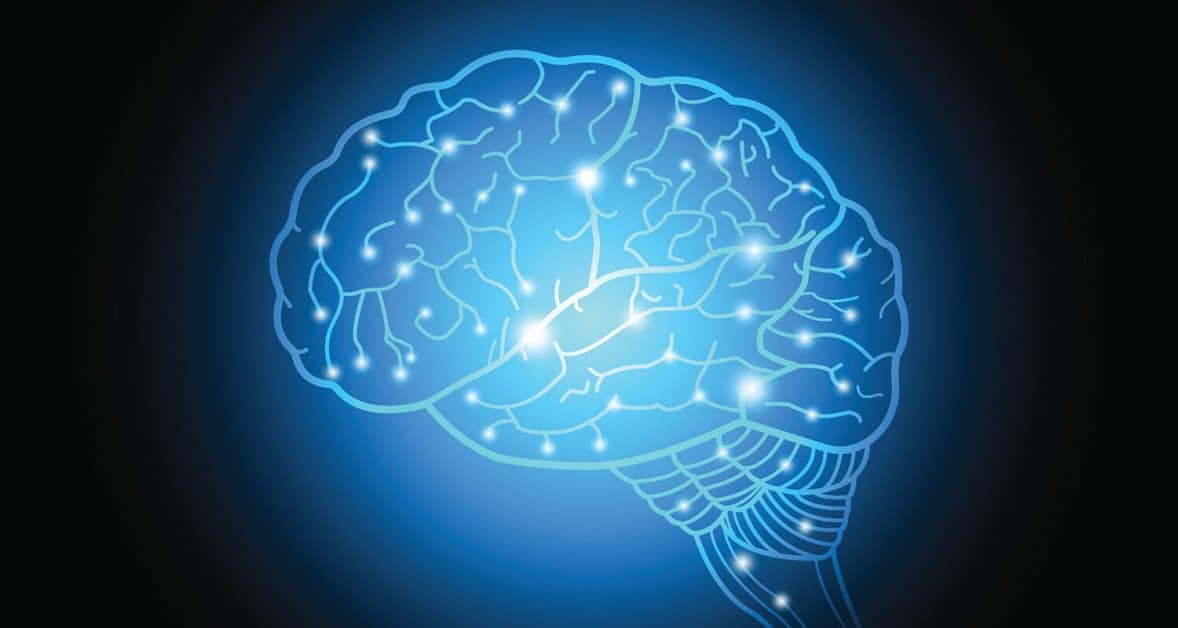
Dopamine is a neuromodulator that acts as a messenger between neurons. It determines the amount of motivation and drive to achieve something and leave our comfort zone.
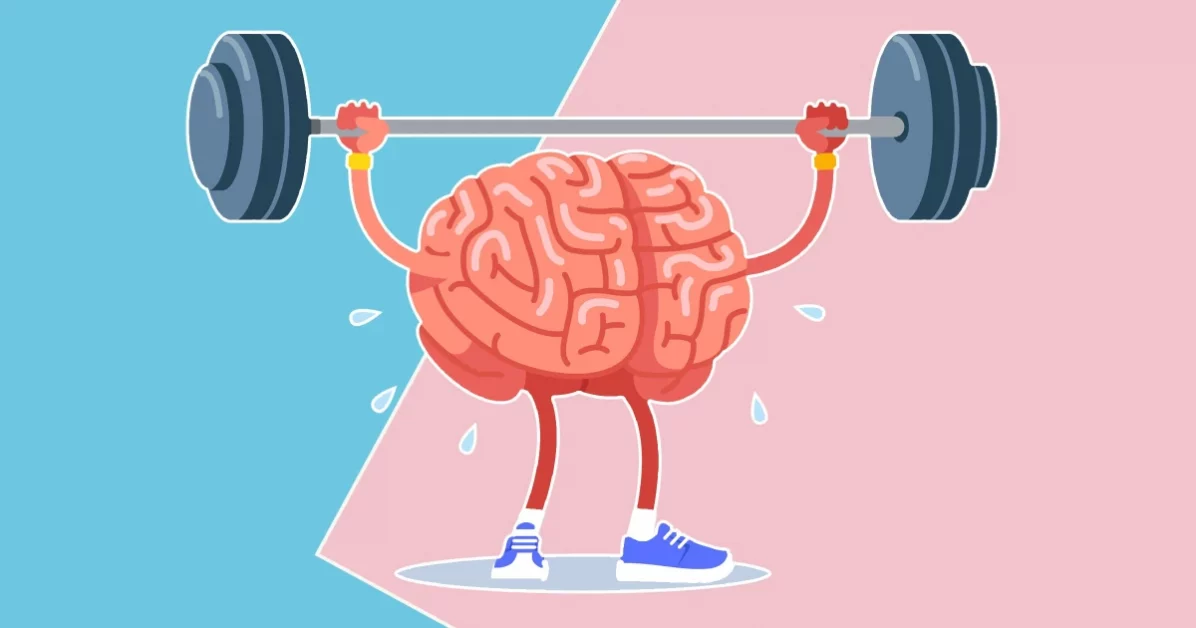
While Intelligence is linked to success, it is genetic and cannot be significantly improved. Persistence, therefore, is what we must focus on.
© 2025 Modern Mind Masters - All Rights Reserved
You’ll Learn:
Effective Immediately: 5 Powerful Changes Now, To Improve Your Life Tomorrow.
Click the purple button and we’ll email you your free copy.
I thought this would be some random internet article but this was very engaging and comprehensive. Thanks
I’m glad you enjoyed it. Hopefully you can put it to some good use!
A great article. I listend to the Andrew Huberman podcast about dopamine and this helped me to visualize it even more. Thank you!
You’re welcome Tomas, I hope you can put it into practice for great results